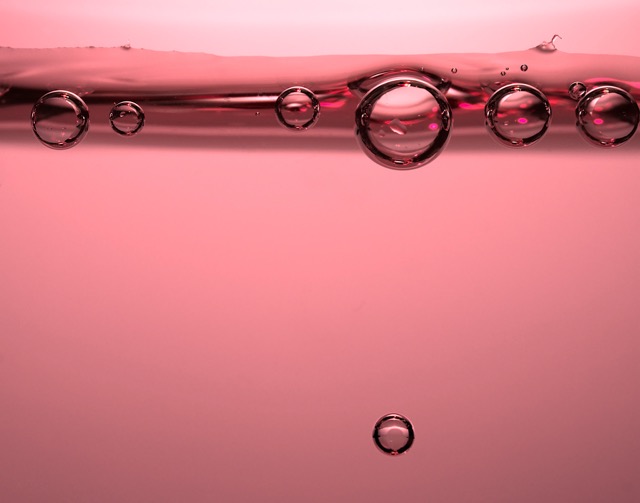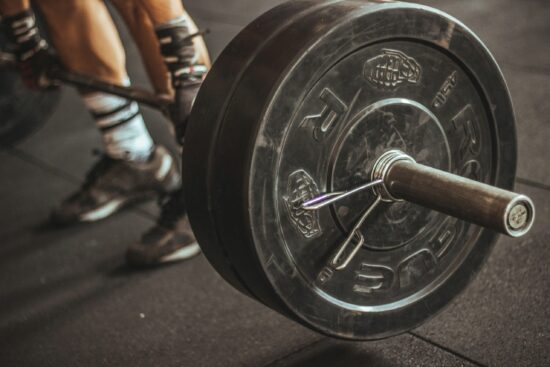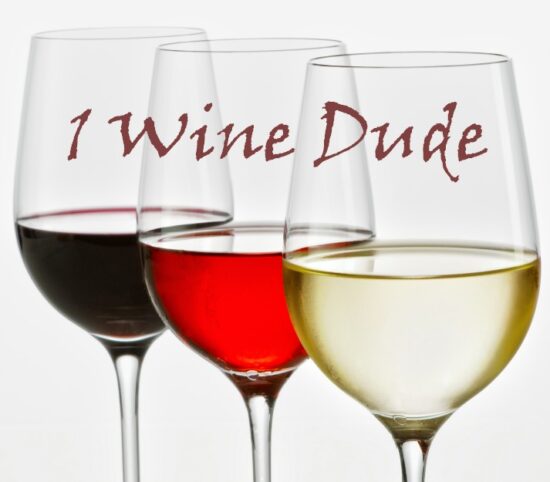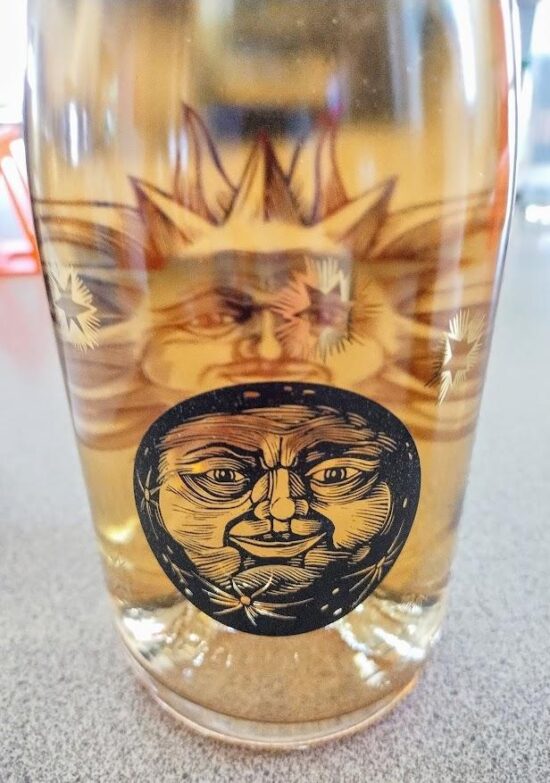
Why is it that some sparkling wines glide like fluffy meringues whilst others seem to fizz and froth like an angry jacuzzi? The route to the finest bubbles is one whose intricacy may make you pause for thought next time you pop a cork.
“Sparkling Wine Bubble Researcher” may sound like something you’d see printed on a joke T-shirt, but consider this; all over the world there are glasses being poured in front of eagle-eyed customers, ready to send anything back that fails to sparkle. Not only do sparkling wine producers need to deploy all their technical skills to create the finest bubbles possible, they then want to know how to guarantee their wine displays – and keeps – its effervescence. Can bubble science help us solve the mysteries of the mousse?
A Bubble Science Primer
Almost all sparkling wine undergoes a second fermentation in a closed environment, trapping carbon dioxide (CO2) in the wine. This could be the bottle itself (for Champagne or any ‘traditional method’ sparkling wine) or a tank (for Prosecco or any ‘tank method’ wine). When a glass of sparkling wine is poured, tiny fibres in the glass form ‘bubble nurseries’ where this CO2 is able to make its escape. Without these nurseries, no bubbles would appear at all. Differences between glasses will mean that a visual inspection of the rising ‘bead’ of bubbles may not tell you how bubbly the wine really feels to drink.
The real action happens on our palates, where the dissolved CO2 finds plenty of sites to raise its offspring. Not only do we physically feel the bubbles, but recent research has shown that we actually taste them: the CO2 reacts with moisture in our mouth (via a fantastically-effective enzyme called carboanhydrase found in our tongue) to form carbonic acid, the effect of which is crucial to the tingling sensation we find in any fizzy drink.
We’re hoping for something a bit more sophisticated than a can of soda, though; what are the qualities of the finest sparkling wine mousses? I asked Champagne expert and author of Christie’s World Encyclopedia of Champagne and Sparkling Wine, Tom Stevenson:
“ A silkiness of mousse is ideal and this is essentially achieved by a combination of bubble size (the smaller the silkier) and pressure (the lower the silkier)…textural silkiness enhances the finesse of a sparkling wine, but it is not a magic wand – the finesse has to be there in the first place.”
Dr. Belinda Kemp, an oenologist specialising in sparkling wine based at Canada’s Brock University, takes things one step further:
“It is a bit of a minefield. I would say it is as much to do with stability, integration and balance as it is size and pressure. It comes down to temperature during storage, the type of storage and ageing time. You hear a lot of people say Charmat method wines have bigger bubbles – well yes, it’s a completely different method after all. But as…



